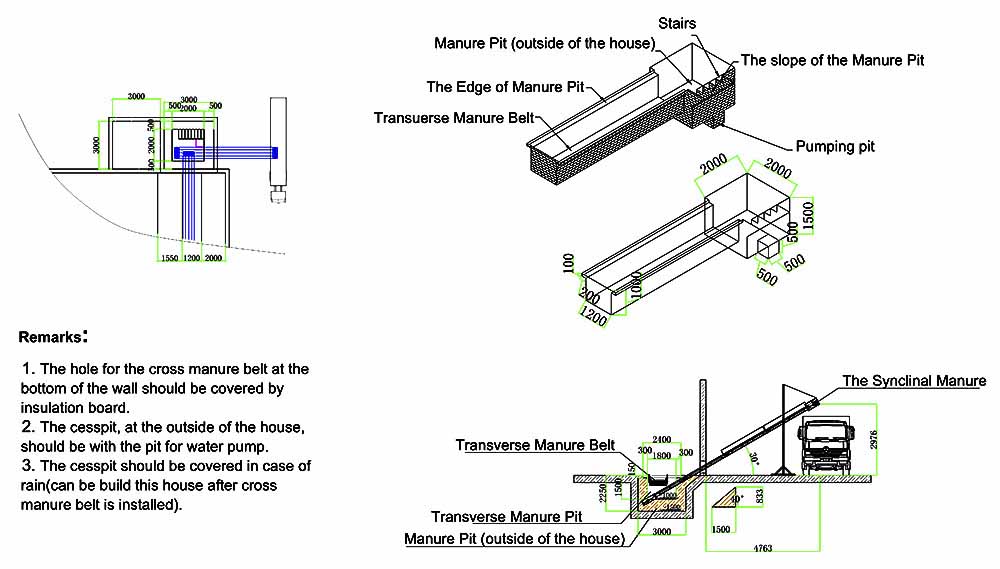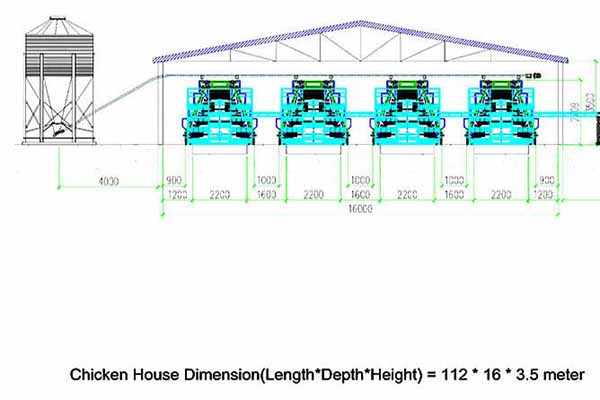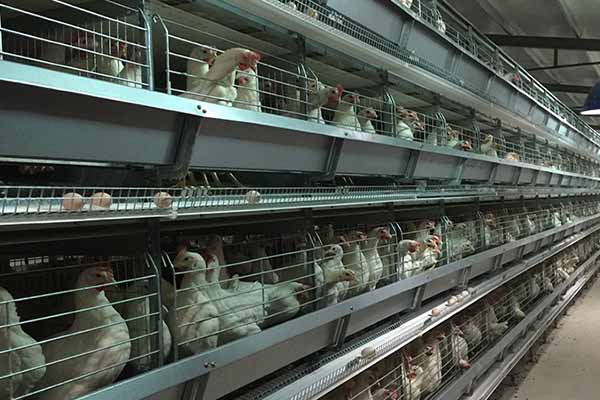How is Feed Waste Minimized in Poultry Cages?
Efficient feed management is crucial in the poultry industry, as it directly impacts the profitability of chicken farming operations. One of the primary concerns in this sector is the minimization of feed waste in poultry cages. This article explores various strategies and technologies used to reduce feed waste, enhancing the overall efficiency of poultry farming.

Strategies for Minimizing Feed Waste
- Automatic Feeding Systems: Modern poultry farms utilize automated feeding systems that dispense feed precisely, reducing the risk of overfeeding and waste. These systems can also adjust the feed rate based on the specific needs of each flock.
- Water Access Control: By managing water access, poultry are less likely to consume feed while drinking. This can be achieved through controlled water dispensers that provide water only during specific times.
- Feed Storage: Proper feed storage is essential to prevent spoilage and waste. Keeping feed in a cool, dry, and rodent-proof environment extends its shelf life and reduces waste.
- Feed Quality: Ensuring high-quality feed can reduce waste. Feed that is rich in nutrients is more likely to be consumed by the poultry, minimizing waste.
- Regular Cleaning: Regularly cleaning the poultry cages helps to remove uneaten feed, reducing waste and preventing the spread of dis
 eases.
eases.
According to a study by the FAO, implementing these strategies can reduce feed waste by up to 20% in poultry farming operations.
Technological Solutions for Feed Waste Minimization
- Smart Cages: Smart cages equipped with sensors can monitor the feed consumption of each bird, allowing farmers to adjust the feed distribution accordingly.
- Feed Conversion Ratio (FCR) Monitoring: By tracking the FCR, farmers can identify patterns in feed consumption and make adjustments to minimize waste.
- Feed Pelletizing: Pelletizing feed can help reduce waste, as it prevents the feed from being scattered or wasted.
Table 1: Comparison of traditional and smart poultry cages
| Feature | Traditional Cages | Smart Cages |
|---|---|---|
| Feed Distribution | Manual, inconsistent | Automated, precise |
| Water Access | Uncontrolled | Controlled, specific times |
| Feed Waste | High | Low |
Implementing these technologies can lead to significant cost savings and improved sustainability in poultry farming operations.
Conclusion
Minimizing feed waste in poultry cages is essential for the profitability and sustainability of poultry farming. By implementing the strategies and technologies mentioned in this article, poultry farmers can reduce waste, save costs, and enhance their overall operation.
can reduce waste, save costs, and enhance their overall operation.
Are you a poultry farmer or investor looking to optimize your operation? Contact us for a free, customized chicken farming design and equipment quotation. We are here to help you minimize feed waste and maximize profits.




